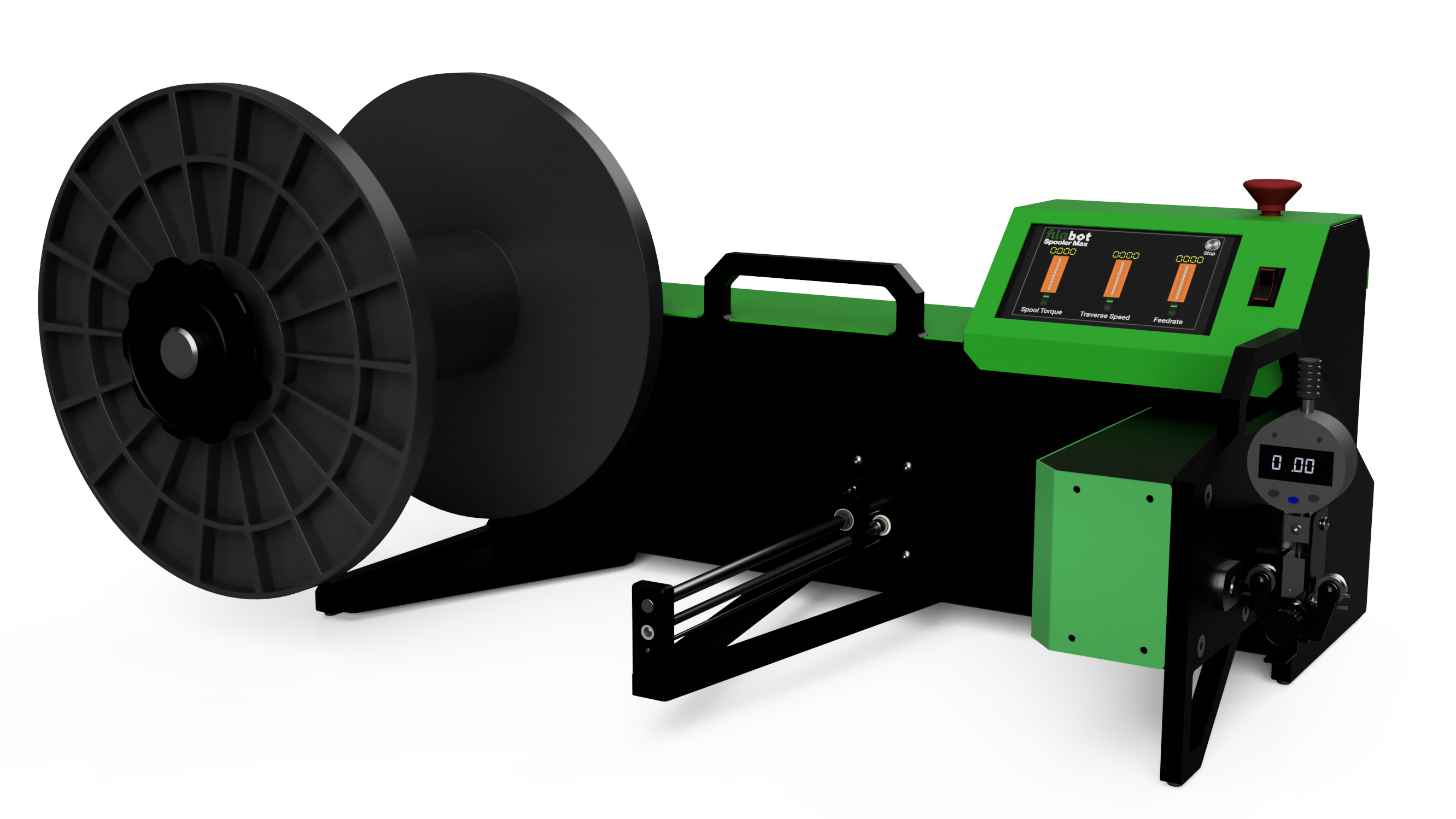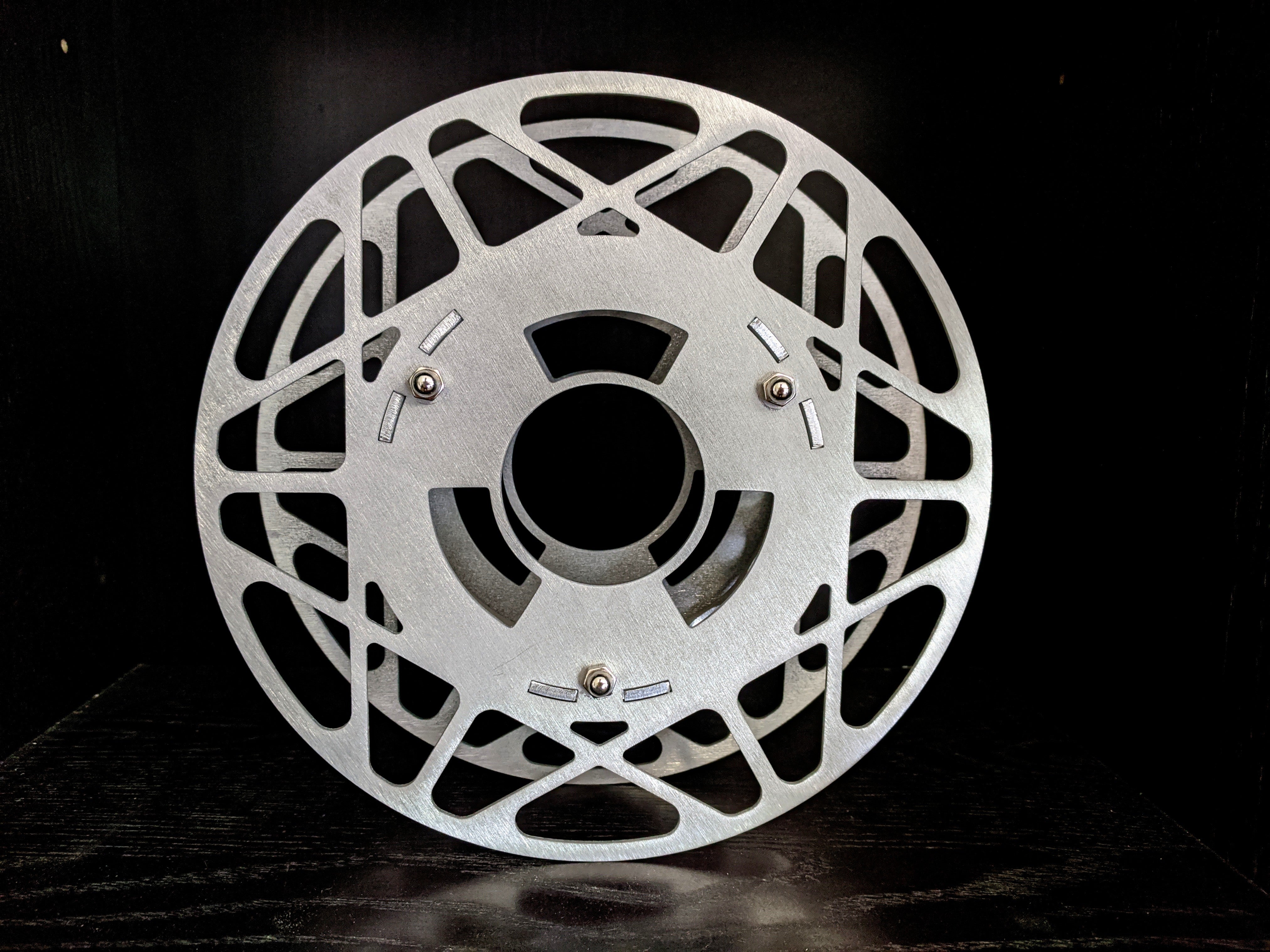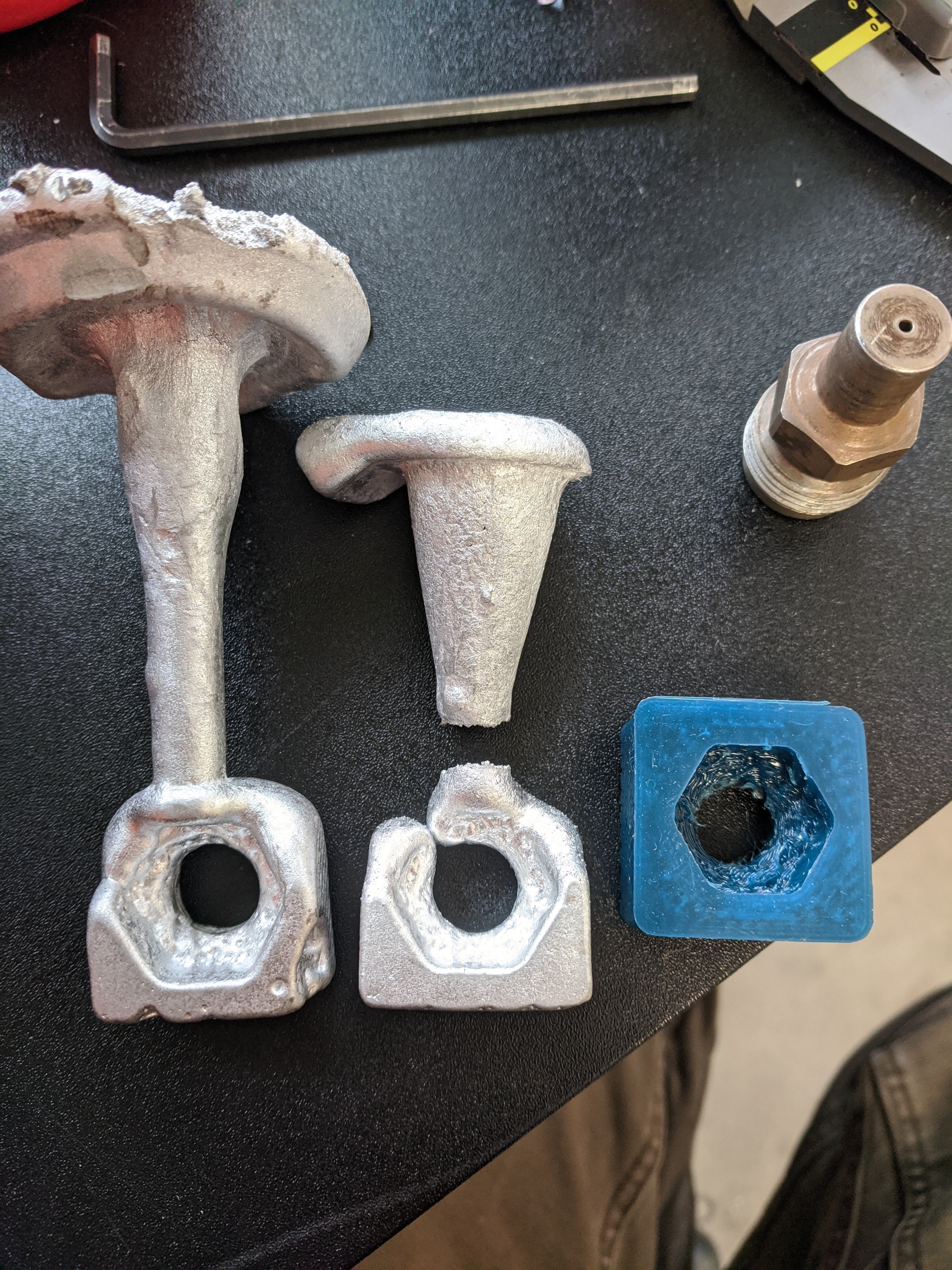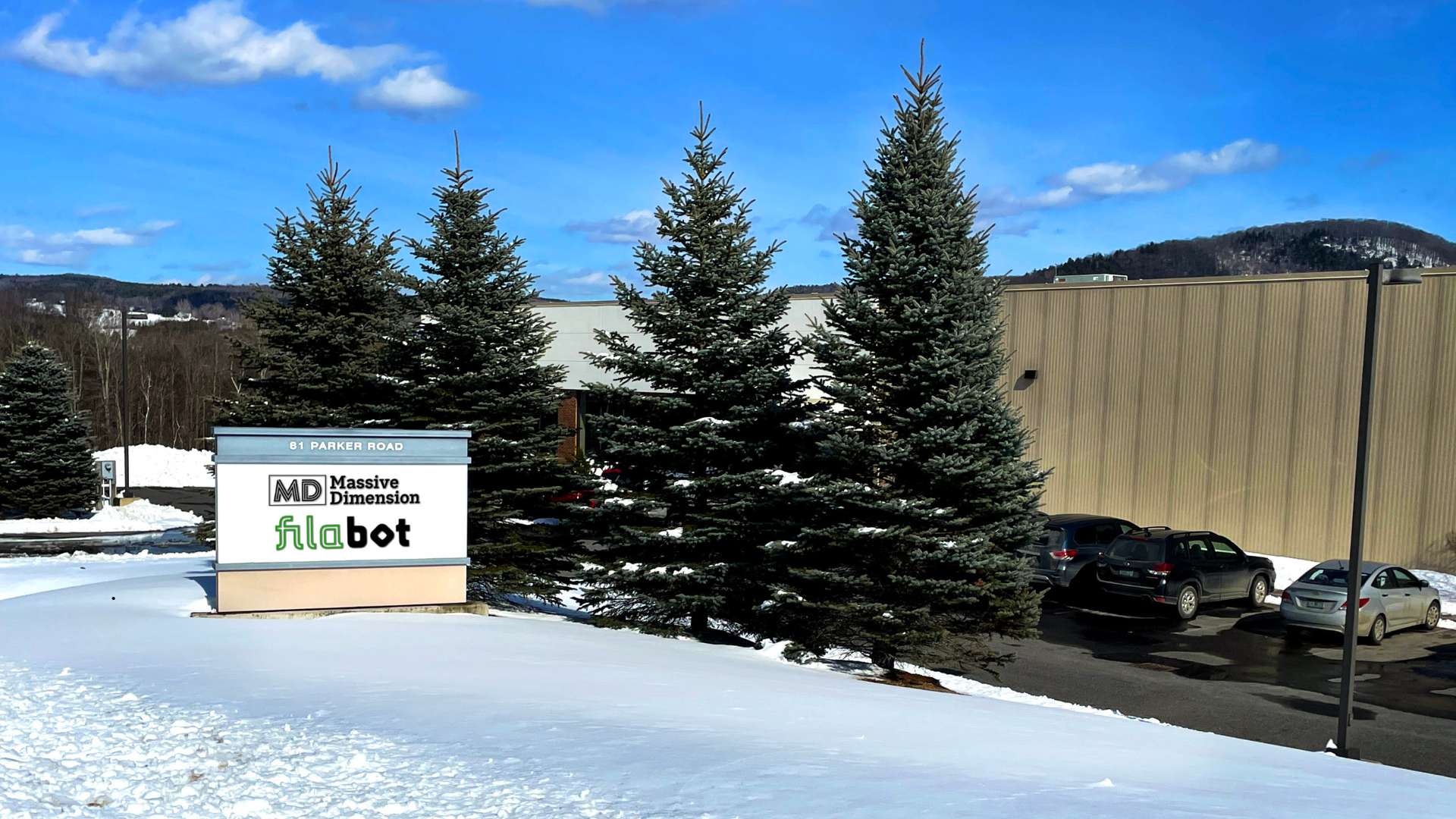Filabot was born from the recognition that our planet was facing a critical problem in the form of an ever-increasing and already staggering amount of plastic waste. The entire Filabot product line can be seen as a proposed solution to this problem, a solution constantly in revision and expansion with the aim of becoming more capable to address the many facets of the plastic waste crisis. Though our machines allow for localized reuse of failed prints and creation of filament from conventionally defined waste products, there are still polymers in mainstream use that elude the reach of our technology for recycling purposes- one such plastic is polystyrene.
Polystyrene is one of the most commonly used plastics worldwide- in its extruded form it can be found in everything from disposable cups and take-out containers to building insulation panels- you have probably more often heard it called styrofoam. Though it offers many advantages in industry and manufacturing, it is an ecological nightmare as it takes hundreds of years to degrade but readily fragments into microplastics that disperse into our rivers and oceans. It does not possess the density necessary to be processed and extruded using feedscrew driven machines, and when heated it releases pollutants detrimental to both the environment and the individual attempting the extrusion. In the absence of a meaningful possibility for recycling this material, we must turn towards methods of biodegradation- which is exactly what a team of researchers at the Daegu Gyeongbuk Institute of Science and Technology in the Republic of Korea hoped to find through their studies in an unlikely direction: feeding polystyrene to worms.
In fact, feeding polystyrene to mealworms is not a novel idea- previous studies have already shown that these creatures were capable of digesting the material and subsisting from a diet of styrofoam alone- though it remained a subject of debate as to whether or not they were actually degrading the polymer or simply passing it through their digestive systems more or less unaffected. The specific goal of the Daegu researchers therefore was to prove that the polystyrene was in fact being biodegraded through this process, and to identify the mechanism by which it was happening. Here they were again aided by previous established studies in which it was demonstrated that there was a positive correlation between gut microbiota in mealworms and active degradation of polystyrene- accomplished by administering antibiotics to a set group of worms and comparing degradation results against a control group. In this study there was reduced depolymerization from the digestion of worms that had been given antibiotics. The present study by the Daegu researchers hoped to further these findings by isolating the specific bacteria responsible for the polystyrene degradation, this time in the gut of not only mealworms but additionally superworms, larva of Z. atratus.
The researchers separated the guts from the superworms and cultured the bacterial strains in petri dishes in order to try to separate the several strains that occur naturally within the digestive tract. Using DNA sequencing technology they were able to identify Psuedonomas sp., a bacterial strain previously found in micro-organisms in soil to degrade polystyrene. This was the dominant strain of bacteria, comprising 35 percent of the bacterial content. In order to confirm that Psuedonomas sp. was responsible for degradation of the polystyrene, they utilized a scanning electron microscope to observe the bacterial activity on the styrofoam. Under this extreme magnification, they were capable of seeing that the bacteria had a firm connection to the surface of the polystyrene, and furthermore could see changes in the surface of the polystyrene, which was smooth after bacterial activity instead of the rough surface shown by the unaltered foam. The bacteria was able to survive on nothing but polystyrene! The researchers proceeded to confirm their findings with other scientific measurements, which you can follow up on in the link to the original article if you are so inclined- find the PDF download here.
We thought this research was pretty fascinating and as we tend to do, decided to try a similar experiment for ourselves. In the great cycle of life, superworms eat styrofoam but are in turn eaten by reptiles- which means that they are readily available as pet food. You can buy them in bulk on the internet or do what we did and shop local at your closest reptile store. We bought a few hundred superworms and put them in a tupperware container with some ventilation holes drilled into the lid, a piece of styrofoam, and a bit of bonus PLA to see if they’d have any interest. Note that if you wanted to quickly eliminate any meaningful amounts of styrofoam you would require a significantly larger number of superworms, we just wanted to see their work for ourselves on a small scale. You can actually breed them, though you have to take additional steps to do so. Remember that superworms aren’t actually worms at all, but the larval stage of beetles. What is interesting about them is that as long as they remain in contact with other larvae, they will not mature into beetles- at any point. So in order to have breeding stock, you must remove a certain part of the population and isolate them to allow them to “grow up”. Then, you need a container for adult beetles to live inside of and mix and mingle.
1. Day 1 with superworms (they came in oats)

We didn’t want to increase our superworm population, so we kept them all to the single container. You can’t feed them solely on polystyrene, because they need to also eat something that provides them with hydration- they don’t drink water. We provided them with the highest quality iceberg lettuce to fulfill this dietary need, and they were still happy to munch on the styrofoam as well. After a few weeks they had put a serious dent in the piece of styrofoam, carving out tunnels and working away at the surface, though they didn’t touch the PLA. Unlike the scientists at Daegu we didn’t go the extra mile and perform any analysis of the “processed” material that was the result of their feasting- though it certainly appeared by visual inspection to be degraded and of lesser mass than the original input.
2. Superworms initial tunnels

Since we don’t regularly work with polystyrene, there isn’t a need in our lab for a superworm population, though it was a fun experiment to observe. If you find yourself needing to throw away lots of styrofoam and have an interest in animal husbandry it may be just the solution for you. Care of superworms falls somewhere between goldfish and hamster- you don’t have to feed them every day but you do have to periodically clean out their living quarters and to be frank it isn’t often pretty. If squirmy squigglies make you squeamish, you aren’t going to like these larvae. However, they prove the case that nature often provides solutions to some of the problems we create as humans, and that is a beautiful thing.
3. Surface nibblings of polystryrene

4. Styrofoam swiss cheese






